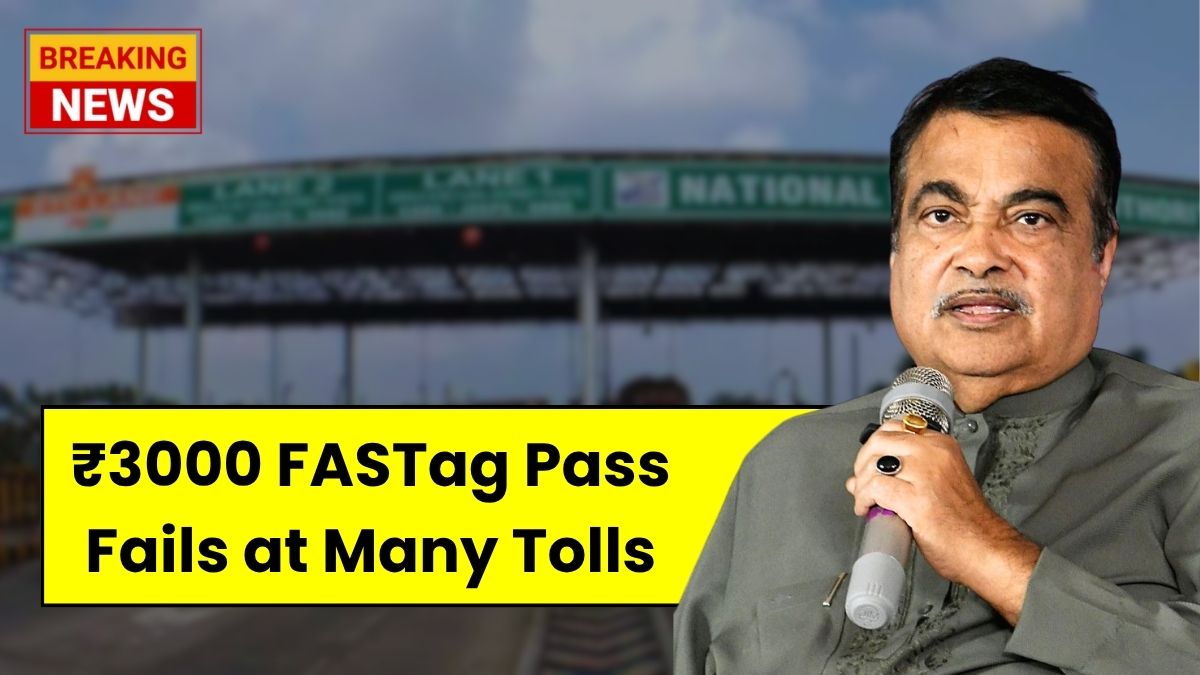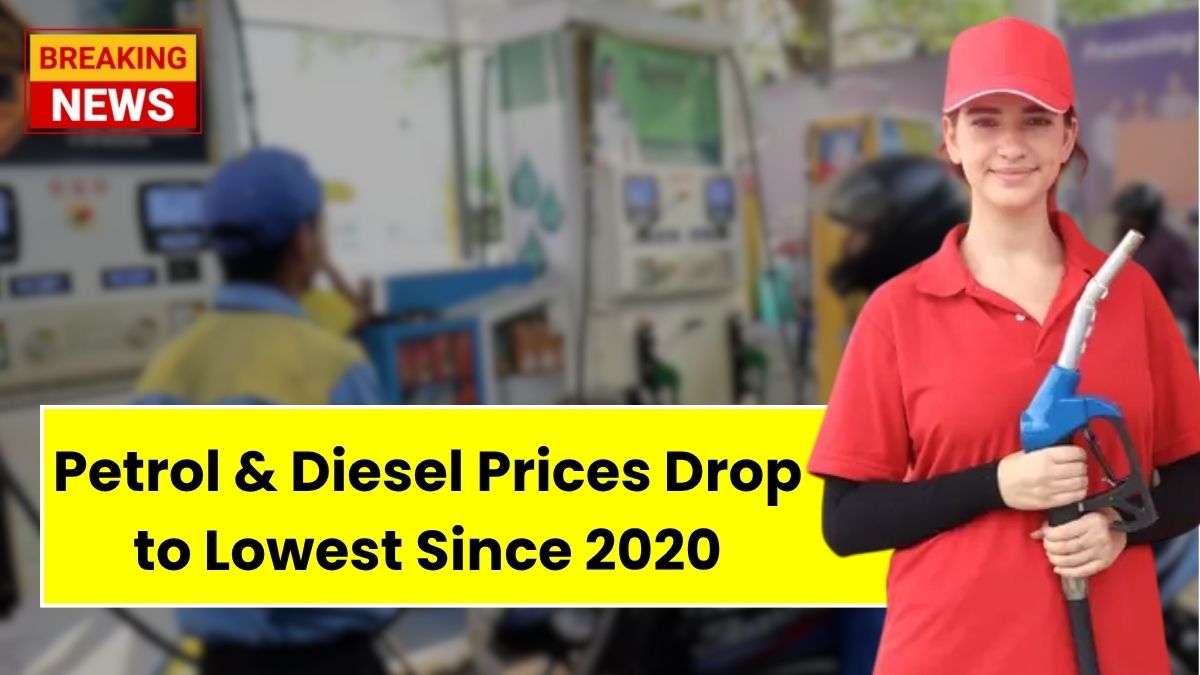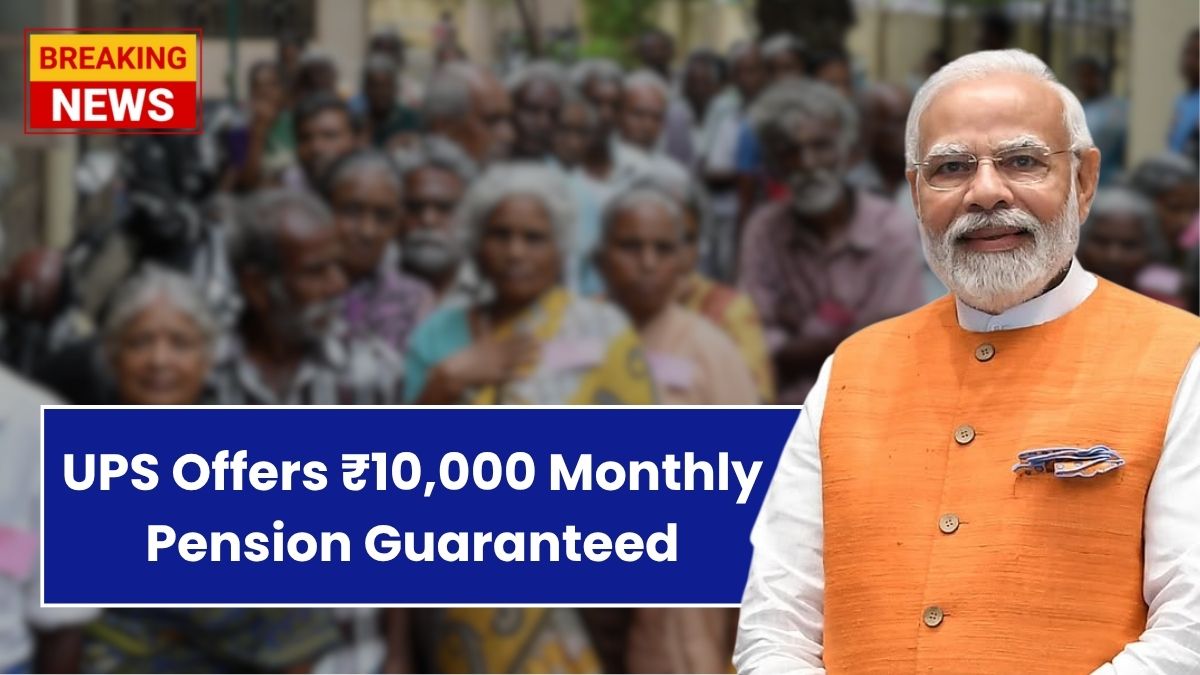FASTag Annual Pass – Starting in 2025, many toll booths across India have stopped accepting the ₹3000 annual FASTag pass that was once popular with frequent travelers. This shift is part of a broader plan to improve toll collection and make highway travel more transparent and efficient. The National Highways Authority of India (NHAI) has introduced these changes after identifying several issues with the old system, such as misuse and operational loopholes.
Why the ₹3000 FASTag Pass Is Being Rejected
The ₹3000 FASTag pass used to offer unlimited travel at a fixed cost, making it a favorite among daily commuters and long-distance travelers. But as the number of vehicles on roads increased, the system began facing challenges. According to the NHAI, the flat-rate system led to inefficiencies, unfair toll distribution, and even some misuse. So now, the government is shifting towards a more usage-based model. That means, instead of paying one-time or annual fees, users will now be charged based on how much distance they actually travel on toll roads.
What’s Changing with FASTag in 2025
In simple terms, the ₹3000 annual FASTag pass will no longer work at many toll plazas. Instead, a dynamic pricing model is being introduced, where you pay according to the kilometers you’ve covered. Advanced monitoring systems will be used to prevent fraud and misuse. A centralized payment system will also be introduced, so you can manage your FASTag account more easily from a single platform. And to keep things running smoothly, toll infrastructure is also getting a tech upgrade for faster and more accurate processing.
How It Will Impact Regular Travelers
If you’re someone who frequently travels on highways using the ₹3000 pass, you’ll definitely notice the change. For one, you may have to rethink your monthly travel budget. Some travelers are worried that this pay-per-kilometer model might make their trips more expensive. However, NHAI claims that it’ll actually be more affordable in the long run. That’s because people will only pay for the distance they travel, not a blanket fee for routes they don’t always use. Commercial vehicle owners and logistics businesses are expected to benefit the most, since the new system allows for better cost control and route planning.
How Travelers Should Prepare
Now that the old pass is being phased out, commuters need to adjust their plans a bit. Before hitting the road, it’s a good idea to check which toll booths are affected and how much you might be charged. Keeping an eye on your travel routes will help you stay within your budget. It’s also smart to follow official NHAI updates, as the rollout will happen in phases depending on infrastructure readiness in each region. Exploring alternate routes like bypass roads or state highways can also help manage toll costs.
Old System vs New System: A Quick Comparison
In the old toll system, you paid a fixed amount whether you traveled 5 kilometers or 50. This flat-rate model didn’t reflect your actual road usage and often led to unfair charges. The new system, on the other hand, is more accurate. If you only travel short distances, you’ll pay less. The new method uses advanced technology for faster processing and reduces the chances of human errors. While there may be a bit of confusion during the initial transition, the long-term benefits include less congestion, more efficient toll collection, and wider coverage across national highways.
Which Areas Are Affected: Coverage Map Highlights
The new toll system will not roll out everywhere at once. In North India, changes are happening gradually on key highways like NH1 and NH44. South India has already implemented the new model fully, especially on NH48 and NH66, and users there are already experiencing shorter wait times. In East India, the transition is still in progress, while West India has fully adopted the changes. Central India is next in line, with roads like NH3 and NH7 expected to switch soon. Travelers are encouraged to visit the NHAI website to see the updated coverage map and plan accordingly.
Getting Ready for the Switch
To stay ahead of these changes, make sure your FASTag account is up-to-date with the latest details. It’s also worth revisiting your monthly travel expenses to see how the new system might affect your spending. Don’t forget to keep checking for updates from NHAI so you’re not caught off guard. You can even join online forums or travel groups where other users are sharing tips and experiences about the new toll system—it’s a great way to learn and stay informed.
Disclaimer
This article is for general informational purposes only and is based on current publicly available data as of 2025. Readers are advised to consult the official NHAI website or contact customer service for the most accurate and personalized updates related to FASTag policy changes and toll booth coverage.












